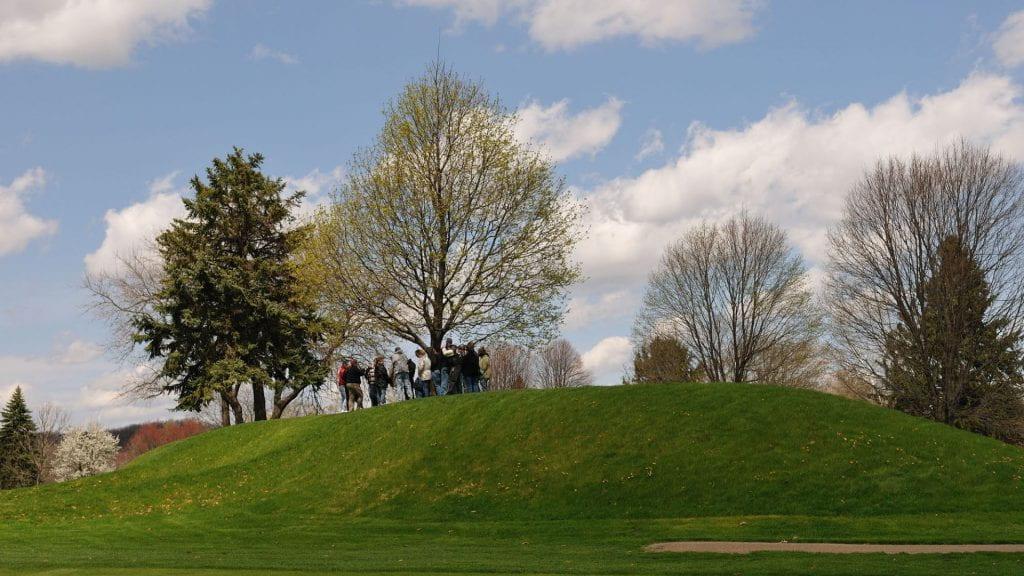Office of Marketing and Communications | Ohio State's Philosophy on Institutional and Leadership Statements
"Are land acknowledgements considered a statement on behalf of an issue or cause?
Yes. Land acknowledgements are considered statements and cannot be issued on behalf of a unit, college, department, etc., used at university-sponsored events (virtual or in person) or placed on any university channel or resource such as websites, social media, signage, meeting or event agendas, event programs, etc. Land acknowledgements should not be used in written class materials or stated verbally unless there is a direct tie to the subject of the course. Ohio State respects the history of the state and university and will continue to engage in research, academic scholarship, conversations and opportunities to honor this history, but will not issue statements taking a position on, endorsing, opposing or engaging in advocacy or calls to action around this.
This prohibition does not restrict the freedom of faculty to teach, conduct research and publish research findings or to discuss in classrooms, in their own manner, any material that is relevant to the subject matter within an academic discipline as defined in the course syllabus. See Faculty Rule 3335-5-01. "

